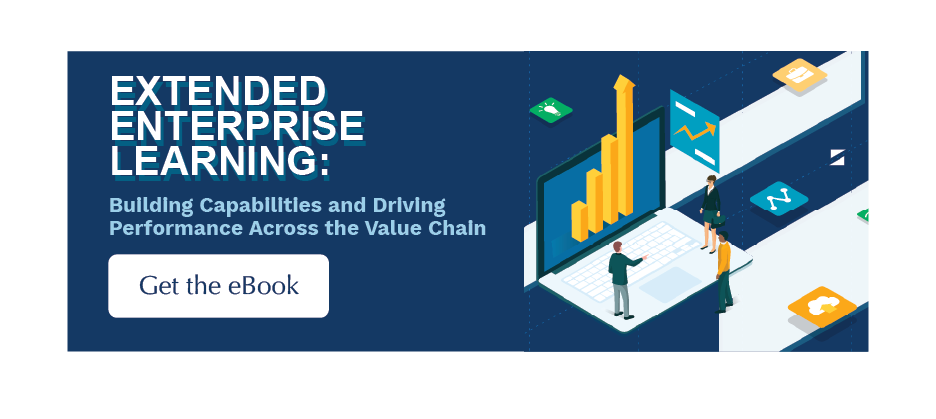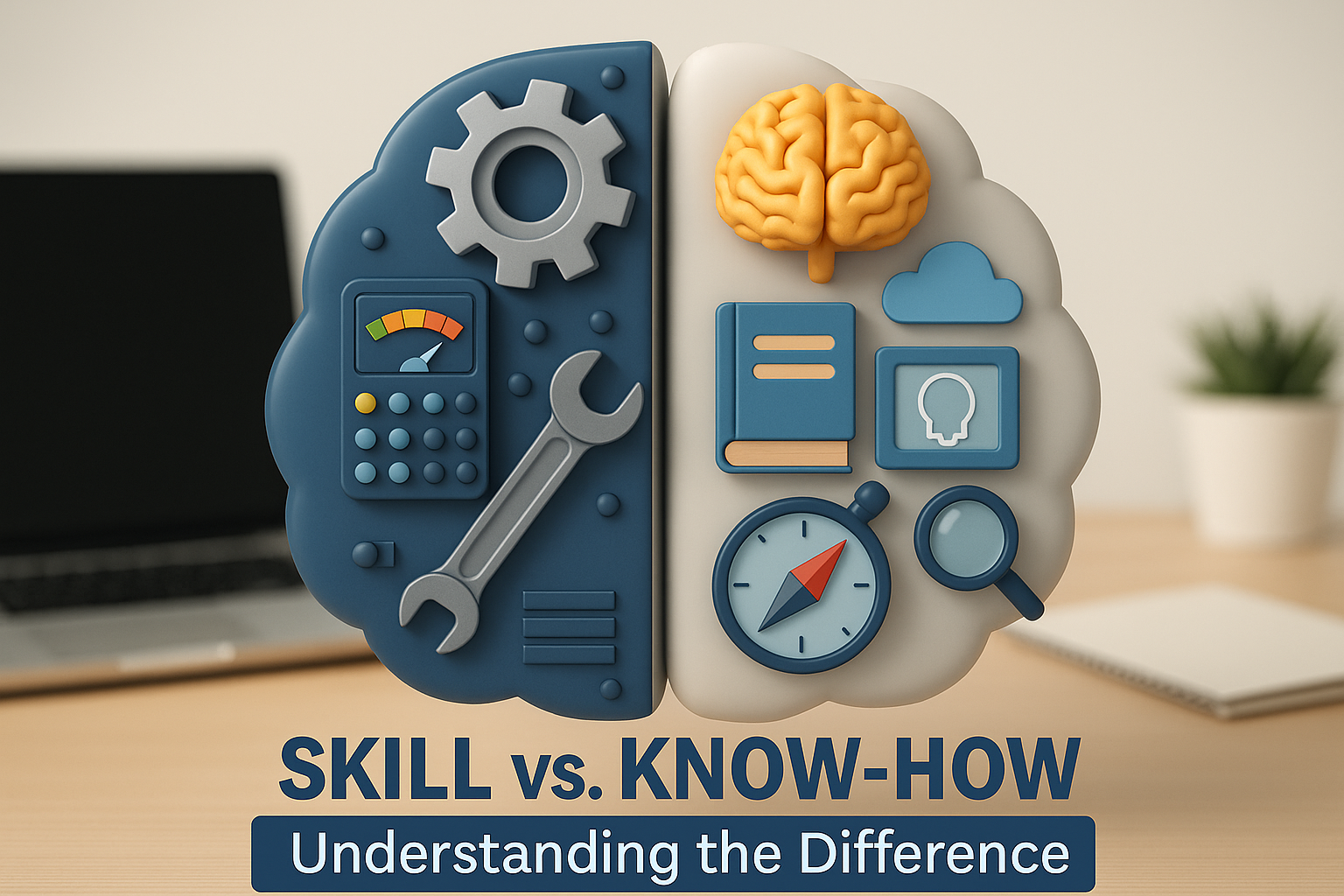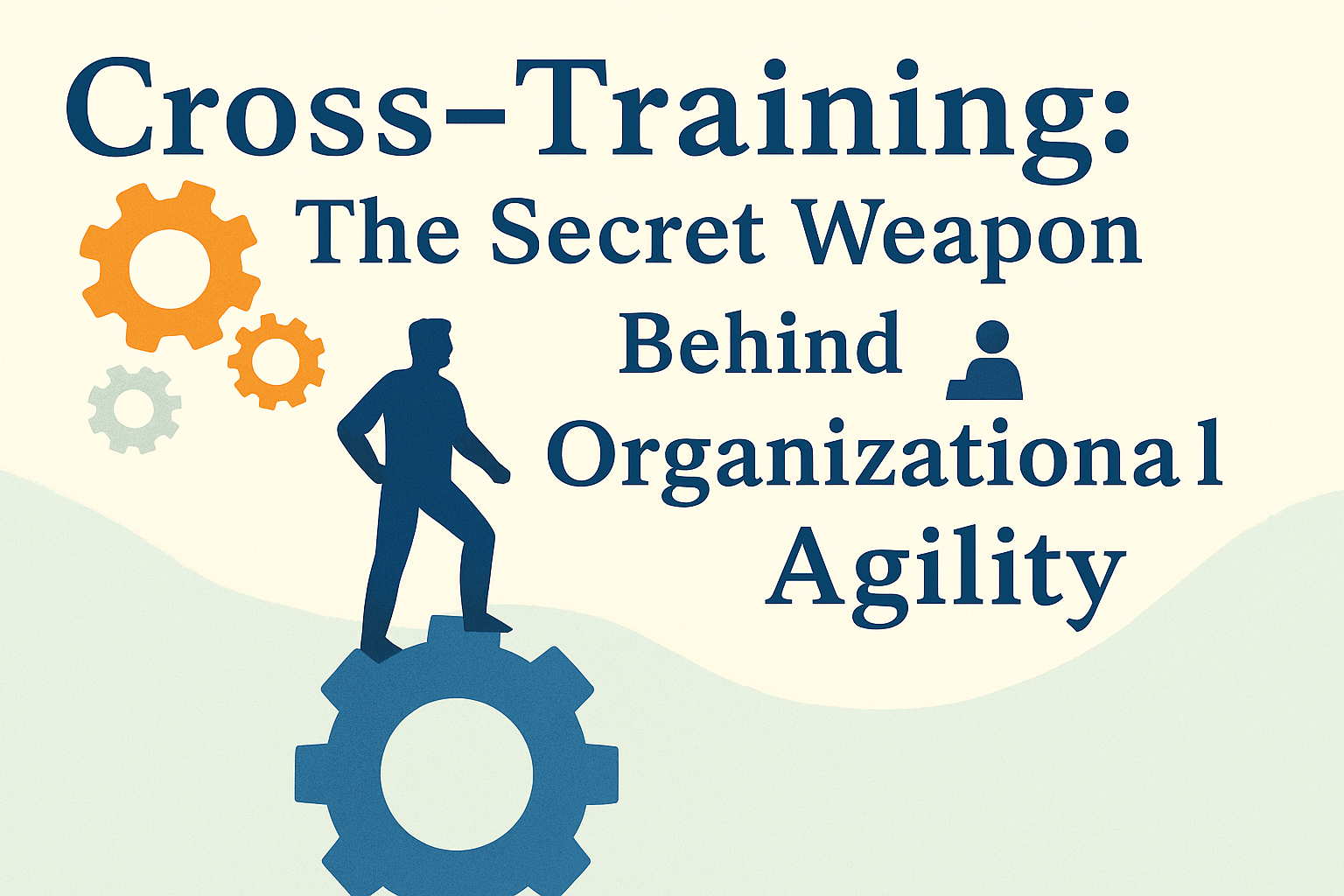When developing a training program for your extended enterprise, you must take into account how you are going to effectively manage it. Training programs on such a scale have many moving parts, and you will need the appropriate tools to ensure that it is being managed appropriately.
With extended enterprises, you are often faced with providing training at multiple locations, sometimes in the hundreds or more, across the globe, all dealing with different brands depending upon their location. So what resources and procedures are available to you to ensure that you’re managing the training for all of the partners in your network?
Delivering the Appropriate Training
Beginning your strategy with the appropriate delivery method of training is a good place to start. With a vast spread of locations, partners, technologies, and brands, you’ll want to make sure that relevant training is being delivered. There are technicians in Arizona that won’t need to know the specifics of snowmobile parts and accessories in the same way that technicians in Colorado might.
By customizing your training to the specific brands and technologies that are relevant to the different partners you have in your enterprise, you can maximize the impact of your training. When you provide relevant and valuable training to your partners, you will increase product adoption and sales as a result.
How to Measure if Your Training Program Is Effective
Once you have created and delivered a customized training program, you will want to take the next steps to ensure that it is effective. By identifying associated metrics with each area of training, you can compile reports that show you how effective your program is.
Whether these metrics are business key performance indicators (KPIs), such as fixed first-time (FFT) rates of your technicians, or if they are measurables based upon learning outcomes, such as quizzes or competencies – you will have the data to show whether your training program is providing the performance you hoped to achieve.
If your data isn’t progressing in the way that you had anticipated, it may signal that there are gaps in your training materials. Performance metrics are a useful tool in understanding where these gaps may lie and what training areas will require your attention to achieve the results you had originally planned for.
Having the tools necessary to provide these metrics is integral to the management of your training program. Without the necessary data, how can you make the most informed decisions? There are many options, such as a learning management system (LMS), that can house this data for you. Understanding how to compile this data into a useful report can be a game-changer in the efficiency and progression of your training program.
Managing the Training Program of Your Extended Enterprise
With a well-developed training program that has proven to be effective in conveying the information and competence that you desire, you are now tasked with the ongoing management of that program. So what does that look like?
Certification and Accreditation
As a means of demonstrating competency in any given area, technicians can go through a series of training to become certified or accredited. However, the definitions that surround accreditation or certification can change. You will want to ensure that your training program can accommodate these changes and provide your technicians with the training they need to maintain their certification or accreditation.
Staying ahead of and anticipating these changes requires a dynamic training program. Your program will need to have a shelf-life on skills that require continued training to maintain competency. Managing these skills and certifications on the scale of an extended enterprise can be challenging. A Learning Management System (LMS) can assist you with keeping track of skills, competencies, and ongoing training needs.
Most complex organizations are either currently using or exploring the use of an LMS for their training needs. However, it is a big decision to make and should not be made lightly when considering the dimensions that you will want to be incorporated into your enterprise learning platform. It could be an expensive mistake to make if you’re not equipped with the appropriate tools to set your program up for success.
Adapting to New Technologies
Our industry is constantly evolving in the face of new technology. As a result, the way we work is constantly changing, which can cause changes in the skill competencies necessary to adequately perform the work we do.
In order to stay up to date on the most recent technology and how it impacts our job functions, your training program needs to be highly adaptable and flexible while still providing the structure that your technicians and partners will require. Leveraging technology to help you keep tabs on these progressions will make it easier to keep your technicians in the green on their certifications.
An LMS is a useful tool in this venture as well, as it can track completion rates of training and monitor the competency of your technicians. However, most corporate LMS platforms lack the dynamic functionality that allows you to put an expiration date on learning and competency. Skills will atrophy without upkeep, and that is not a function that most LMS platforms can accommodate, even though it is relevant to training, regardless of industry.
Continuous Improvement
With the evolving changes in the industry, it is key to continuously seek to improve your training program and how it is managed across your enterprise. By understanding where the program is lacking, you will have a good understanding of the best places to improve.
Conducting surveys and seeking feedback from end users is the most common means to identify which areas need improvement. With the appropriate feedback in hand, you can make adjustments to the areas that might need more attention and capitalize on the areas that worked well, using them as a template for improvement moving forward.
Leveraging an LMS to Manage Your Training Program
With so many moving parts to managing your training program, it is best to leverage technology to ensure that nothing slips through the cracks. This is where most training managers seek the assistance of a learning management system (LMS).
There are many options to choose from when making a selection for an LMS to help you develop and manage your training program. Many of these platforms, while helpful for storing information, struggle to compile it into useful metrics for furthering your program. However, there is one that is specifically designed for the dynamic management that extended enterprises need.
LatitudeLearning poses a solution for managing the multiple facets of training and skill development commonly experienced in extended enterprises. With the ability to customize content for geographical location, brands, and networks – the content delivered can be extremely specific and relevant to the end user.
Metrics are key to understanding the performance of your training program. LatitudeLearning offers reporting and analytics features that provide insights into training performance and learner progress. You can generate reports on completion rates, assessment scores, user activity, and other relevant metrics. These insights help you assess the effectiveness of the training program and make data-driven decisions for improvement.
LatitudeLearning also integrates seamlessly with other systems and tools, allowing you to exchange data with HR portals or customer relationship management (CRM) platforms. These integrations allow training managers to leverage the infrastructure that may already be developed within your organization, allowing you to build on what you already have.
Developing a learning platform for an extended enterprise can seem like a daunting task, but with the help of LatitudeLearning, it doesn’t have to be! Take a look at our Extended Enterprise Training Guide to help you gain insight into the tools you need to develop a top-notch training program for your organization.







[…] a training program that is customized to our individual users and their place in the organization, scalable to meet the needs of global organizations, and dynamic to incorporate the needs for updates to maintain accreditation, it can feel […]
[…] roles come with several challenges when it comes to managing training. Most learning platforms and corporate learning management systems (LMS) that are commonly used are […]
[…] doesn’t stop there, though. You have to be able to provide this knowledge at the scale of the organization to accommodate multiple locations in different sub-industries all across the globe. This is what we […]